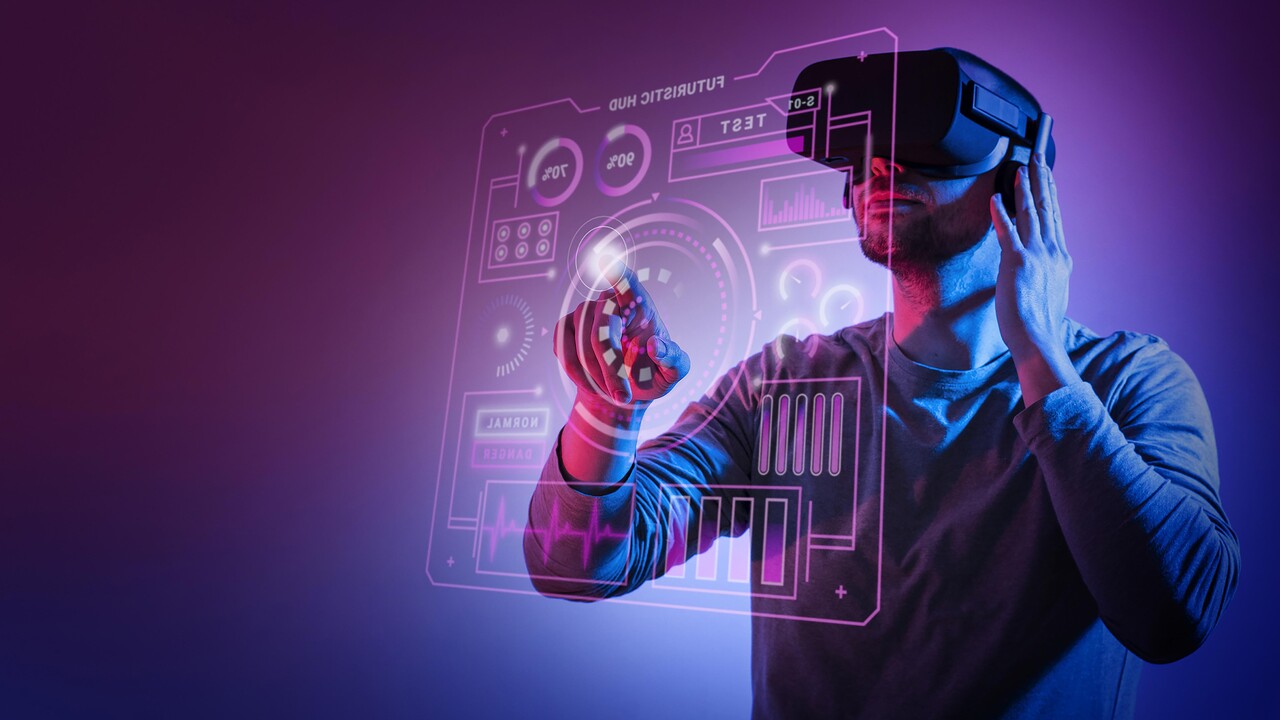Augmented reality has evolved from science fiction to everyday reality, transforming how we interact with the world around us. Among the pioneering platforms making this transformation possible, ARK augmented reality stands out as a comprehensive toolkit that’s democratizing AR development and making immersive experiences accessible to creators worldwide.
Whether you’re a developer looking to build your first AR application, an educator seeking innovative teaching tools, or a business owner exploring new ways to engage customers, understanding ARK’s capabilities can open doors to exciting possibilities. This platform combines powerful development tools with user-friendly interfaces, making it easier than ever to create compelling augmented reality experiences.
The impact of AR technology extends far beyond gaming and entertainment. From revolutionizing education and training to enhancing retail experiences and improving industrial workflows, augmented reality is reshaping entire industries. ARK augmented reality serves as a bridge between complex AR development and practical implementation, offering solutions that work across different devices and platforms.
What is ARK Augmented Reality?
ARK augmented reality is a comprehensive development platform that enables creators to build, deploy, and manage AR experiences across multiple devices and operating systems. The platform provides a complete suite of tools for developing augmented reality applications without requiring extensive technical expertise in computer vision or 3D graphics programming.
The platform’s core strength lies in its ability to simplify complex AR development processes. Instead of writing thousands of lines of code from scratch, developers can leverage ARK’s pre-built components and libraries to create sophisticated AR experiences. This approach significantly reduces development time and makes AR creation accessible to a broader range of creators.
ARK supports various AR functionalities, including marker-based tracking, markerless tracking, 3D object recognition, and environmental mapping. These features enable developers to create everything from simple overlay experiences to complex interactive applications that respond to real-world environments.
Key Features and Capabilities
Cross-Platform Compatibility
One of ARK’s most significant advantages is its cross-platform nature. Applications built with ARK can run seamlessly across iOS, Android, Windows, macOS, and web browsers. This universal compatibility eliminates the need to develop separate applications for different platforms, saving time and resources while ensuring consistent user experiences.
Marker-Based and Markerless Tracking
ARK augmented reality excels in both traditional marker-based tracking and advanced markerless tracking technologies. Marker-based tracking allows for precise AR experiences triggered by specific images, QR codes, or custom markers. Meanwhile, markerless tracking enables AR content to appear in real-world environments without requiring predetermined triggers, opening up possibilities for more natural and spontaneous interactions.
3D Content Integration
The platform supports comprehensive 3D content integration, allowing developers to import and manipulate 3D models, animations, and textures. This capability is crucial for creating realistic and engaging AR experiences that blend seamlessly with the physical world.
Real-Time Collaboration Tools
ARK includes built-in collaboration features that enable multiple users to share AR experiences simultaneously. This functionality is particularly valuable for educational applications, remote training scenarios, and collaborative design projects.
Applications Across Industries
Education and Training
Educational institutions are leveraging ARK augmented reality to create immersive learning experiences that make abstract concepts tangible. Students can explore historical sites, manipulate 3D molecular structures, or practice complex procedures in safe, virtual environments. The platform’s ease of use enables educators to create custom AR content tailored to their specific curriculum needs.
Training applications benefit from ARK’s ability to overlay instructional content onto real-world equipment and environments. This approach proves particularly valuable in technical fields where hands-on experience is crucial but traditional training methods may be costly or dangerous.
Retail and Marketing
Retailers are using ARK to bridge the gap between online and in-store shopping experiences. Customers can visualize products in their own spaces, try on virtual clothing, or access additional product information through AR overlays. These applications enhance customer engagement while providing valuable data on user preferences and behavior.
Marketing campaigns powered by ARK augmented reality create memorable brand experiences that stand out in crowded marketplaces. Interactive advertisements, product demonstrations, and gamified experiences capture attention more effectively than traditional media formats.
Manufacturing and Industrial Applications
Industrial companies employ ARK for maintenance procedures, quality control, and worker training. Technicians can access real-time information, step-by-step instructions, and safety warnings overlaid directly onto equipment. This approach reduces errors, improves efficiency, and enhances workplace safety.
Getting Started with ARK Development
Setting Up Your Development Environment
Beginning with ARK augmented reality requires downloading the appropriate SDK for your target platform. The installation process is streamlined, with comprehensive documentation guiding developers through initial setup and configuration. Most developers can have a basic AR scene running within their first hour of using the platform.
Creating Your First AR Experience
ARK’s development workflow follows intuitive patterns that will feel familiar to developers with experience in game engines or app development frameworks. The platform provides templates and sample projects that serve as starting points for common AR use cases, from simple marker detection to complex environmental mapping applications.
Testing and Deployment
The platform includes robust testing tools that allow developers to preview AR experiences across different devices and environments. Built-in analytics help track user engagement and identify areas for optimization before deploying applications to app stores or web platforms.
Benefits for Different User Types
For Developers
ARK augmented reality reduces the technical barriers typically associated with AR development. The platform handles complex computer vision tasks, spatial tracking, and rendering optimizations, allowing developers to focus on creating compelling user experiences rather than wrestling with low-level technical challenges.
For Businesses
Companies benefit from ARK’s rapid prototyping capabilities and cross-platform deployment options. The ability to quickly test AR concepts and deploy them across multiple channels enables businesses to experiment with AR initiatives without massive upfront investments.
For Educators
The platform’s educational licensing options and content creation tools make it accessible for academic institutions. Educators can develop custom AR experiences that align with their teaching objectives while students gain exposure to cutting-edge technology skills.
Future Developments and Trends
The ARK augmented reality ecosystem continues expanding with regular updates that introduce new features and improve performance. Recent developments focus on enhanced spatial mapping capabilities, improved hand tracking, and better integration with emerging AR hardware platforms.
Machine learning integration represents a significant growth area for the platform. Future versions are expected to include AI-powered features that can automatically optimize AR experiences based on user behavior and environmental conditions. These capabilities will further simplify the development process while creating more personalized and effective AR applications.
The growing adoption of AR glasses and other wearable devices presents new opportunities for ARK-powered applications. The platform’s flexible architecture positions it well to support these emerging form factors as they become mainstream.
Making the Most of ARK Augmented Reality
Success with ARK augmented reality depends on understanding both the technical capabilities of the platform and the needs of your target audience. Start with simple projects to familiarize yourself with the development workflow before attempting more complex implementations.
Consider the physical environments where your AR experiences will be used. Different lighting conditions, spatial constraints, and user contexts all impact the effectiveness of AR applications. ARK provides tools to optimize for these variables, but thoughtful planning during the design phase leads to better results.
Regular testing across different devices ensures your AR experiences work reliably for all users. ARK’s cross-platform nature is a significant advantage, but it requires attention to platform-specific considerations during development and testing phases.
The ARK augmented reality platform represents a significant step forward in making AR development accessible to creators across industries and skill levels. By providing powerful tools wrapped in user-friendly interfaces, ARK enables the creation of sophisticated AR experiences that were previously possible only with specialized expertise and substantial resources. As augmented reality continues reshaping how we interact with digital information, platforms like ARK play a crucial role in democratizing this transformative technology.
















